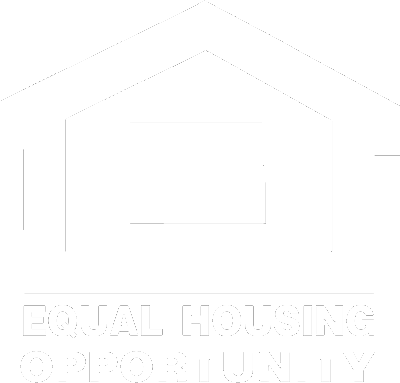FORT LAUDERDALE – The situation for hopeful homebuyers in South Florida has long been bleak — and it’s not projected to improve any time soon.
Although the region is likely at the peak of its housing cycle as sales slow and prices flatten out, Ken H. Johnson, a real estate economist who also works at Florida Atlantic University’s College of Business, said that doesn’t necessarily indicate a crash is coming.
“This is all very typical of a housing market reaching the peak of its current cycle,” Johnson said. “Most housing economists are in line with me, we don’t expect a major crash this time because there’s just too few units and too many people in Southeast Florida.”
When a crash happens, supply exceeds demand, driving down prices, Johnson said. But that’s not the case anywhere in South Florida. In fact, supply is struggling to keep up with the persistent demand.
“We’re in for a period here of relatively flat prices because the demand is going to be strong because people are moving to Florida as we slowly build more and more units,” he said.
Interest rates are falling slightly, too, he said, and annual appreciation of homes is not projected to skyrocket anytime soon.
“What that translates into to the typical consumer in Southeast Florida is that prices should be relatively flat, stable, and not go up that much in the next few years,” he said. “We don’t expect them to come down that much either.”
Patty Da Silva, a broker with Green Realty Properties in Cooper City, agreed that the market is being influenced by interest rates that are dropping marginally. Friday’s average 30-year fixed rate in Florida was 7.5% this week and 7.7% last week, according to Bankrate.
But that’s not significant enough to make a big difference in mortgages, Da Silva said, so it’s not worth it for homebuyers to wait for rates to come down.
“You date the rates, you marry the house,” she said. “Secure the price of the house and refinance it later because should the price of the house go up and the interest rate go down, you might still even pay more.”
Da Silva illustrated this with an example of two homes: one with a $575,000 price tag and the other with a $675,000 price tag. If the resident in the $575,000 house had taken out a $460,000 loan with a 7.5% interest rate, they would pay about $3,200 a month for principal and interest payments.
Meanwhile, if the resident in the $675,000 home took out a loan for $540,000 with a 6.5% interest rate, they would only pay about $200 more each month at about $3,400 for principal and interest payments.
From about this time last year, the number of units sold went down about 3%, Da Silva said, but prices continued to go up anyway.
The average single-family home price in the tri-county area is 5.4% higher now than it was a year ago, Johnson said.
But with population changes linked to housing prices, the markets vary by county.
“Where people are moving to, where population is increasing is where prices will be more likely to go up,” he said.
A south-to-north domino effect is taking place across South Florida, with Palm Beach County expected to grow faster than Broward County, which is expected to grow faster than Miami-Dade County, Johnson said.
“We’ll see how home prices slow down, first in Miami, then Broward, then in Palm Beach County,” he said.
The slowdown in home sales inland is not surprising, Johnson said.
“That, I believe, is mostly driven by the fact that if you come this far, no matter where you’re coming from, Europe, Latin America, central South America, the Caribbean, Northwest, Northeast America, wherever you’re coming from, if you’ve come this far, you probably want to live relatively close to the beach,” he said.
The slowing of transactions overall further indicates how South Florida’s housing market is hitting its peak, he said.
©2023 South Florida Sun-Sentinel. Visit sun-sentinel.com. Distributed by Tribune Content Agency, LLC.
©Florida Realtors®
Source link


